人工智能在机器学习中的八大应用领域
点击下方卡片,关注“新机器视觉”公众号
视觉/图像重磅干货,第一时间送达
人工智能(AI)和机器学习(Machine Learning)的迅猛发展已经在多个领域引发了深刻的变革和创新。机器学习作为人工智能的重要支撑技术,已经在许多实际应用中取得了显著成就。
本文将介绍人工智能在机器学习中的八大应用领域,并通过适当的代码示例加深理解。

1. 自然语言处理(NLP)
自然语言处理是人工智能中的重要领域之一,涉及计算机与人类自然语言的交互。NLP技术可以实现语音识别、文本分析、情感分析等任务,为智能客服、聊天机器人、语音助手等提供支持。
下面是一个简单的NLP代码示例,展示如何使用Python的NLTK库进行文本分词:

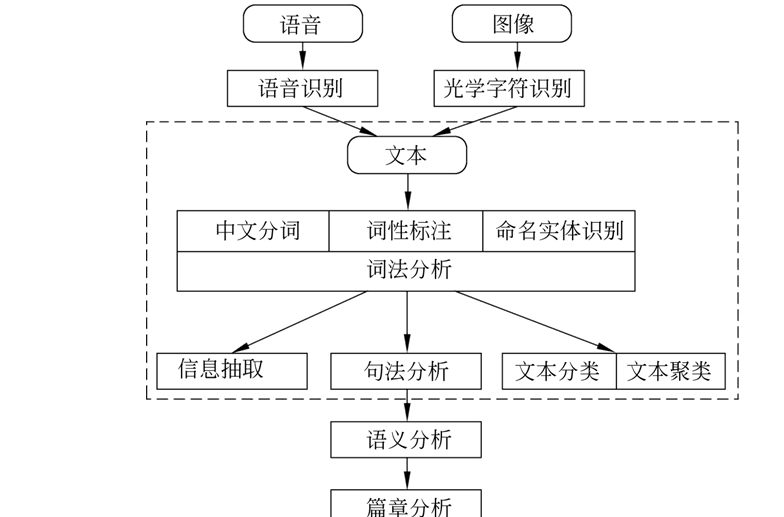
import nltkfrom nltk.tokenize import word_tokenizesentence = "Natural language processing is fascinating!"tokens = word_tokenize(sentence)print("Tokenized words:", tokens)
2. 图像识别与计算机视觉
图像识别和计算机视觉是另一个重要的机器学习应用领域,它使计算机能够理解和解释图像。深度学习模型如卷积神经网络(CNN)在图像分类、目标检测等任务中取得了突破性进展。以下是一个使用TensorFlow的简单图像分类示例:
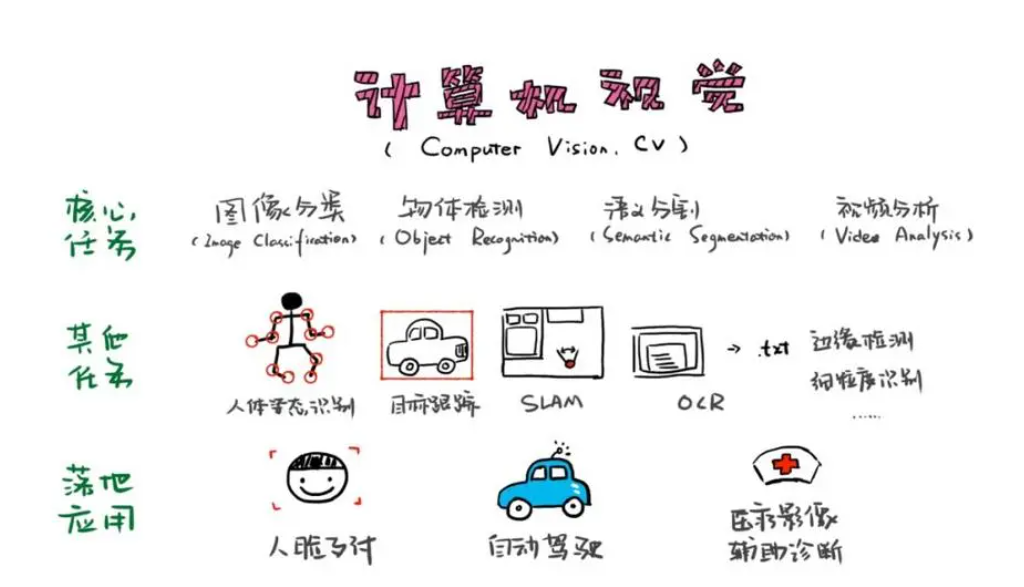
import tensorflow as tffrom tensorflow import kerasfrom tensorflow.keras.preprocessing.image import load_img, img_to_arraymodel = keras.applications.MobileNetV2(weights='imagenet')image_path = 'cat.jpg'image = load_img(image_path, target_size=(224, 224))image_array = img_to_array(image)image_array = tf.expand_dims(image_array, 0)image_array = keras.applications.mobilenet_v2.preprocess_input(image_array)predictions = model.predict(image_array)decoded_predictions = keras.applications.mobilenet_v2.decode_predictions(predictions.numpy())print("Top predictions:", decoded_predictions[0])
3. 医疗诊断与影像分析
机器学习在医疗领域有着广泛的应用,包括医疗图像分析、疾病预测、药物发现等。深度学习模型在医疗影像诊断中的表现引人注目。以下是一个使用PyTorch的医疗图像分类示例:

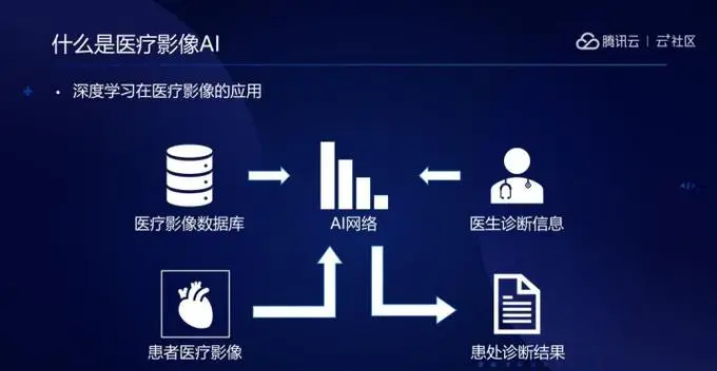
import torchimport torch.nn as nnimport torchvision.transforms as transformsfrom torchvision.models import resnet18from PIL import Imageclass MedicalImageClassifier(nn.Module):def __init__(self, num_classes):super(MedicalImageClassifier, self).__init__()self.model = resnet18(pretrained=True)self.model.fc = nn.Linear(512, num_classes)def forward(self, x):return self.model(x)transform = transforms.Compose([transforms.Resize((224, 224)),transforms.ToTensor(),transforms.Normalize(mean=[0.485, 0.456, 0.406], std=[0.229, 0.224, 0.225])])model = MedicalImageClassifier(num_classes=2)model.load_state_dict(torch.load('medical_classifier.pth', map_location=torch.device('cpu')))model.eval()image_path = 'xray.jpg'image = Image.open(image_path)image_tensor = transform(image).unsqueeze(0)with torch.no_grad():output = model(image_tensor)print("Predicted class probabilities:", torch.softmax(output, dim=1))
4. 金融风险管理
机器学习在金融领域的应用越来越重要,尤其是在风险管理方面。模型可以分析大量的金融数据,预测市场波动性、信用风险等。以下是一个使用Scikit-learn的信用评分模型示例:

import pandas as pdfrom sklearn.model_selection import train_test_splitfrom sklearn.ensemble import RandomForestClassifierfrom sklearn.metrics import accuracy_scoredata = pd.read_csv('credit_data.csv')X = data.drop('default', axis=1)y = data['default']X_train, X_test, y_train, y_test = train_test_split(X, y, test_size=0.2, random_state=42)model = RandomForestClassifier(n_estimators=100, random_state=42)model.fit(X_train, y_train)y_pred = model.predict(X_test)accuracy = accuracy_score(y_test, y_pred)print("Accuracy:", accuracy)
5. 预测与推荐系统
机器学习在预测和推荐系统中也有广泛的应用,如销售预测、个性化推荐等。协同过滤和基于内容的推荐是常用的技术。以下是一个简单的电影推荐示例:
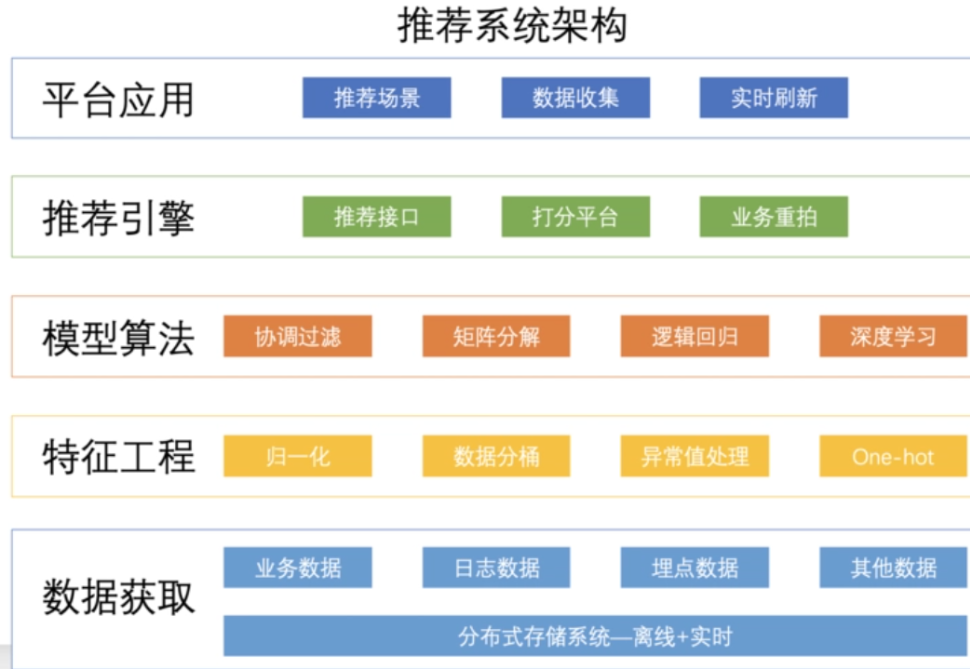

import numpy as npmovies = ['Movie A', 'Movie B', 'Movie C', 'Movie D', 'Movie E']user_ratings = np.array([4.5, 3.0, 5.0, 0.0, 2.5])# Calculate similarity using cosine similaritydef cosine_similarity(a, b):dot_product = np.dot(a, b)norm_a = np.linalg.norm(a)norm_b = np.linalg.norm(b)return dot_product / (norm_a * norm_b)similarities = [cosine_similarity(user_ratings, np.array(ratings)) for ratings in movie_ratings]recommended_movie = movies[np.argmax(similarities)]print("Recommended movie:", recommended_movie)
6. 制造业和物联网
物联网(IoT)在制造业中的应用越来越广泛,机器学习可用于处理和分析传感器数据,实现设备预测性维护和质量控制。以下是一个简单的设备故障预测示例:

import numpy as npfrom sklearn.model_selection import train_test_splitfrom sklearn.ensemble import RandomForestClassifierfrom sklearn.metrics import accuracy_scoredata = np.load('sensor_data.npy')X = data[:, :-1]y = data[:, -1]X_train, X_test, y_train, y_test = train_test_split(X, y, test_size=0.2, random_state=42)model = RandomForestClassifier(n_estimators=100, random_state=42)model.fit(X_train, y_train)y_pred = model.predict(X_test)accuracy = accuracy_score(y_test, y_pred)print("Accuracy:", accuracy)
7. 能源管理与环境保护
机器学习可以帮助优化能源管理,减少能源浪费,提高能源利用效率。通过分析大量的能源数据,识别优化的机会。以下是一个能源消耗预测示例:

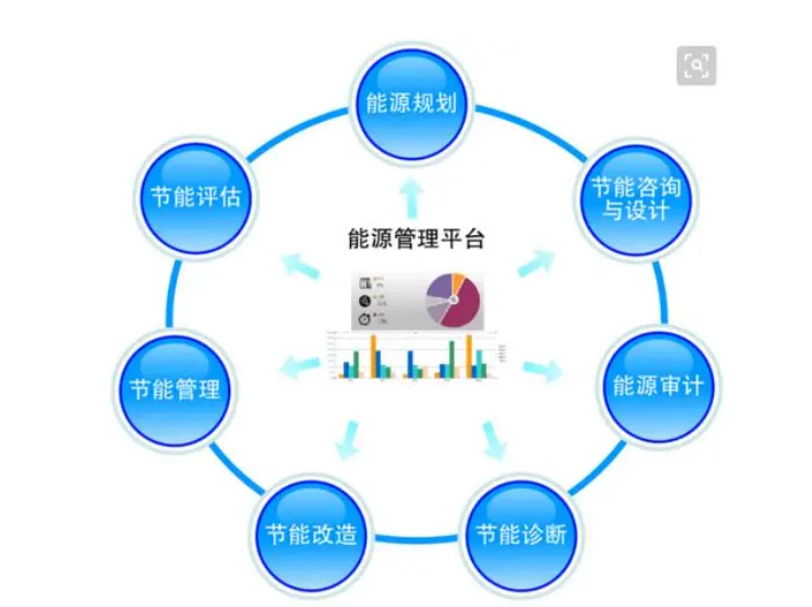
import pandas as pdfrom sklearn.model_selection import train_test_splitfrom sklearn.linear_model import LinearRegressionfrom sklearn.metrics import mean_squared_errordata = pd.read_csv('energy_consumption.csv')X = data.drop('consumption', axis=1)y = data['consumption']X_train, X_test, y_train, y_test = train_test_split(X, y, test_size=0.2, random_state=42)model = LinearRegression()model.fit(X_train, y_train)y_pred = model.predict(X_test)mse = mean_squared_error(y_test, y_pred)print("Mean Squared Error:", mse)
8. 决策支持与智能分析
机器学习在决策支持系统中的应用也十分重要,可以帮助分析大量数据,辅助决策制定。基于数据的决策可以更加准确和有据可依。以下是一个简单的决策树模型示例:
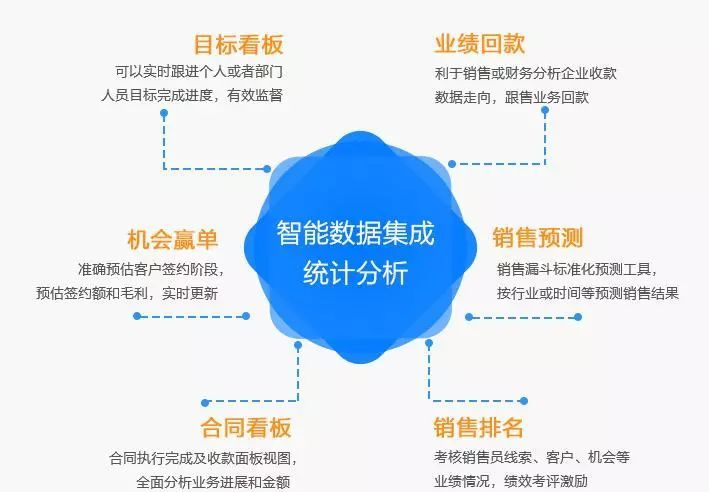

from sklearn.datasets import load_irisfrom sklearn.tree import DecisionTreeClassifierfrom sklearn.model_selection import train_test_splitfrom sklearn.metrics import accuracy_scoreiris = load_iris()X = iris.datay = iris.targetX_train, X_test, y_train, y_test = train_test_split(X, y, test_size=0.2, random_state=42)model = DecisionTreeClassifier()model.fit(X_train, y_train)y_pred = model.predict(X_test)accuracy = accuracy_score(y_test, y_pred)print("Accuracy:", accuracy)
结论
人工智能在机器学习中的八大应用领域为我们带来了无限的创新和可能性。
从自然语言处理到智能分析,从医疗诊断到环境保护,机器学习已经渗透到了各个领域,并持续推动着技术和社会的发展。这些应用不仅改变着我们的生活方式,还为企业和社会带来了巨大的价值。
随着技术的不断进步,人工智能和机器学习在各个领域的应用还将继续扩展和深化。
从数据的角度出发,我们可以更好地理解和预测未来的趋势,为社会创造更大的效益。因此,学习和掌握机器学习技术,将会成为未来不可或缺的核心能力之一。
版权声明:本文为CSDN博主「IT·陈寒」的原创文章,遵循CC 4.0 BY-SA版权协议,转载请附上原文出处链接及本声明。
原文链接:
https://blog.csdn.net/qq_43546721/article/details/132482272
声明:部分内容来源于网络,仅供读者学习、交流之目的。文章版权归原作者所有。如有不妥,请联系删除。
